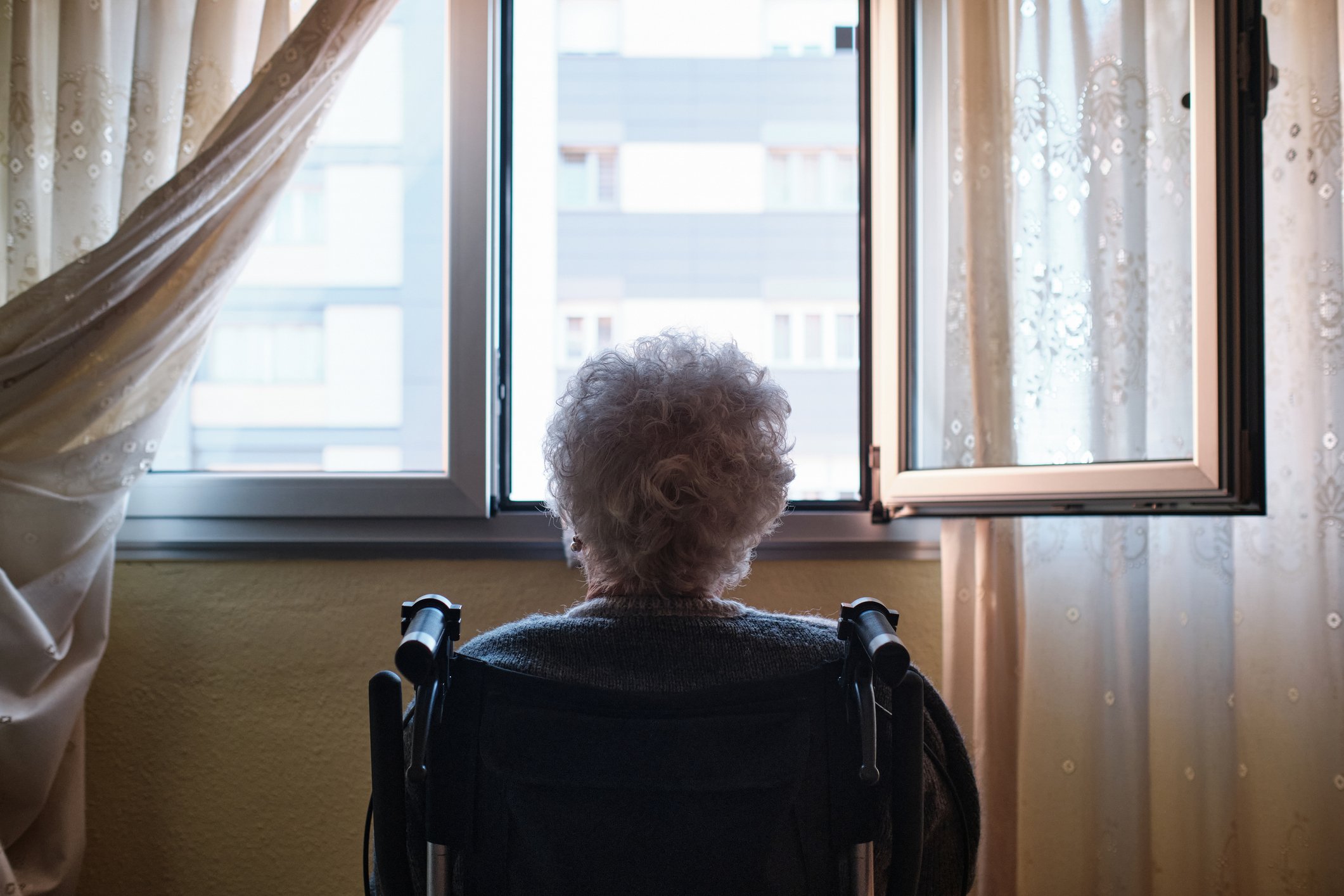The aim of a recent meta-analysis by the Cochrane Collaboration was to compare eleven agents used in relapsing-remitting multiple sclerosis (RRMS) in terms of reduction in relapse rates, disability progression, and benefit-risk ratio. Differences in efficacy were sometimes shown: subcutaneously injected interferon beta-1a (Rebif®), for example, is more effective than intramuscularly administered interferon beta-1a.
The meta-analysis compared 44 randomized controlled trials (through 2010) involving a total of 17 401 MS patients. Of these, 9026 patients (23 studies) had RRMS, 7726 patients had secondary progressive MS (SPMS, 18 studies), and 579 patients had RRMS plus progression (3 studies). The median duration of treatment was 24 months.
According to this analysis, natalizumab was most effective in reducing the relapse rate (by 68%, odds ratio 0.32), with interferon beta-1a s.c. in second place at 55%. This was followed by glatiramer acetate (51%), interferon beta 1b and mitoxantrone (45% each and interferon beta 1a i.m. with 17% (n.s.). Significant differences (verum vs. placebo) were seen for delay in disability progression, with good evidence for natalizumab (odds ratio 0.56) and for interferon beta 1a s.c. (odds ratio 0.71).
In terms of reducing relapse activity, interferon beta-1a s.c. and natalizumab have the greatest efficacy with the highest level of evidence. The greatest benefit for delaying disability progression in patients with RRMS and SPMS has also been for these two drugs, with second-highest evidence. The odds ratio for natalizumab was 0.56 and for interferon beta 1a s.c. was 0.71. Regarding natalizumab, however, the risk of inducing progressive multifocal leukoencephalopathies – especially when used for more than 24 months – should be noted, according to the authors. Natalizumab is approved for escalation therapy, but not for the basic therapy of RRMS and SPMS. The differences between the compared MS therapeutics are clinically relevant and should be considered in future decisions on basic therapeutics. The Cochrane Collaboration was unable to make any statements on the efficacy and risk-benefit profile of the investigated substances for use over more than two years; long-term studies are therefore recommended.
Guideline-based dosing of interferon beta-1a s.c. is supported by data from the PRISMS-15 post-hoc analysis of long-term outcomes for patients with RRMS. After high-frequency use of the recommended dosage (44 μg three times weekly) for fifteen years, nine of ten patients remained ambulatory (EDSS score <6). Another study (IMPROVE) demonstrates a significant reduction in inflammation in the brain in RRMS as early as four weeks after starting therapy. Rebif® is thus the gold standard for the basic therapy of RRMS. Efficacy is of crucial importance, along with tolerability, adherence and good handling.
Source: Filippini G, Del Giovane C, et al: Immunomodulators and immunosuppressants for multiple sclerosis: a network meta-analysis. The Cochrane Collaboration 2013.











